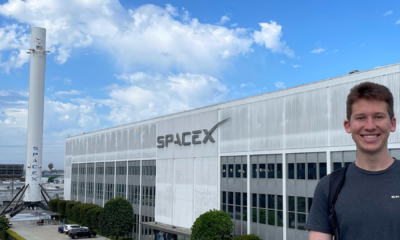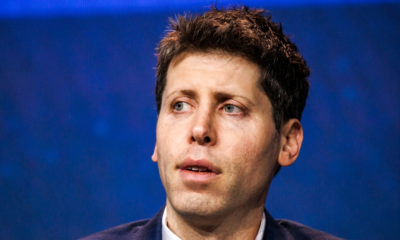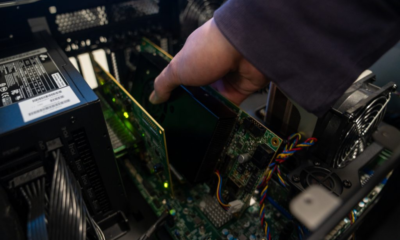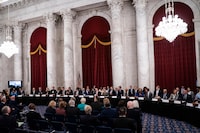Tech News
From PERC to TOPCon: Navigating the evolution of solar technology – PV Tech
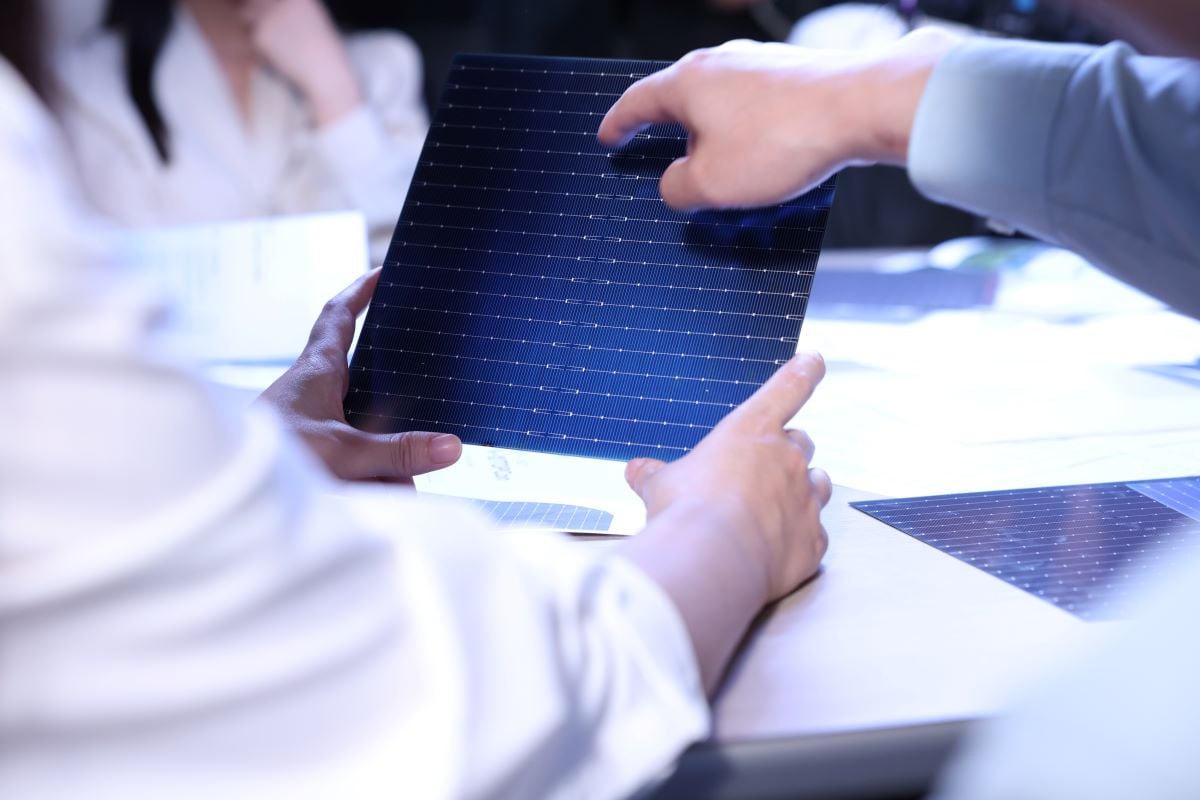
The solar industry is undergoing a monumental shift, rapidly moving away from passivated emitter and rear contact (PERC) technology to tunnel oxide passivated contact (TOPCon) technology.
The advantages of TOPCon are clear: higher efficiency, improved energy yield, and significantly lower levelised cost of energy (LCOE) from reduced cabling, land, trackers and labour costs.
TOPCon technology improves passivation paths, minimising electron recombination (or losses) to enhance energy conversion. This advancement results in efficiencies of 22.3-22.8% and growing, allowing more modules to fit per square kilometre. TOPCon also exhibits a superior bifaciality factor of 80%, compared to PERC’s 70%, boosting the amount of energy produced by the back of the module relative to the front side. Finally, TOPCon has a better temperature coefficient than PERC, which results in higher production in hot conditions.
In total, TOPCon has a 1-2% advantage in energy yield, depending on location, which can add multi-millions in annual revenue for large-scale solar plants.
Currently, TOPCon is more cost-effective than other n-type technologies, such as heterojunction (HJT), which require substantially different and more advanced manufacturing processes. In contrast, the TOPCon ecosystem offers a broader array of equipment options and technology pathways, making it easier and more compatible for converting production lines from PERC, requiring only a few extra pieces of equipment and layout space.
TOPCon and PERC warranties state similar annual degradation rates of around 0.4%. However, TOPCon has a lower first-year degradation of 1% versus PERC’s 2%.
The transition to TOPCon is happening so fast that PERC will be history in a few years.
According to Clean Energy Associate’s (CEA) latest market intelligence, TOPCon is expected to represent half of global capacity by the end of this year, with PERC capacity dwindling to less than 25% and being completely phased out by 2028. While the US market may slightly lag behind due to limited domestic supply, TOPCon is gaining traction globally, with manufacturers ramping up production to meet soaring demand.
As with any fast-changing technology landscape, there are learning curves. Higher defect rates are typical with any new production line. Suppliers may also face delays in reaching promised efficiency and reliability targets as they refine their processes.
PERC’s extensive global track record may lead more risk-averse developers to shy away from TOPCon for a period of time until more data is made available. Likewise, some financiers might also be cautiously waiting to see how TOPCon materialises. Nonetheless, they cannot afford to delay indefinitely, as the transition is already well underway.
The introduction of TOPCon has added one more variable to the supply chain contracting process, making it even more complicated in the short term. Customers are left wondering how to navigate long-term supply agreements over the next few years.
Price remains a critical factor in module procurement strategy. As PERC modules are being phased out, manufacturers are slashing prices to make room for TOPCon. PERC prices are not as low in the US as in other regions, with recent RFPs resulting in TOPCon prices at a US$0.03 delta to PERC per watt. Developers must carefully decide if saving a few cents is worth the sacrifice in energy yield, considering long-term profitability and the extended warranty available with TOPCon.
While TOPCon is getting very close to being beneficial in almost every instance, it’s not quite there yet. Developers need to evaluate on a project-by-project basis whether it makes cost-sense to use TOPCon or PERC.
Additionally, module reliability and quality are paramount, with third-party qualification testing recommended to verify performance claims with real-time data and actual production statistics.
In our work at CEA, we counsel developers to never buy a product without having seen third-party qualification testing and verification. To ensure TOPCon modules meet the manufacturer’s performance and reliability claims, third-party audits, production monitoring and random testing should be conducted together with accelerated tests in climatic chambers that simulate decades in the field.
Customers considering multi-year supply agreements should prioritise suppliers with the capital and flexibility to ramp up TOPCon production as needed, as well as years of experience and R&D power. Also, suppliers with both PERC and TOPCon lines allow for greater flexibility in procurement strategies.
Additionally, developers must emphasise quality and reliability, as some manufacturers may be cutting corners to rapidly meet demand.
Regarding the choice of contract length, it is completely customer-specific and depends on their individual needs, risk tolerance and financier party. Typically, companies seeking long-term agreements are specifically focused on capturing the US domestic content adder. Others may only be interested in short-term contracts on a project-by-project basis and are negotiating new master service agreements for every project.
Some customers will only procure from Tier 1 suppliers because of their confidence levels to transition to the new technology much more quickly and are willing to pay a premium for that peace of mind. However, there are others who may be willing to take a chance with Tier 2 manufacturers for a price discount and potentially an Inflation Reduction Act (IRA) domestic content play.
Only the larger Tier 2s that can differentiate themselves and show additional value by de-risking their supply chain with the Uyghur Forced Labor Prevention Act (UFLPA) can compete before the big players start dominating again.
By prioritising robust quality assurance programmes, reliability and flexibility in procurement strategies, solar developers can navigate the transition from PERC to TOPCon with confidence.
Interested in learning more about trends in energy storage procurement? Check out CEA’s article on our sister site Energy-Storage.News.
George Touloupas is senior director of technology and quality for Clean Energy Associates, leading expert teams spanning quality assurance, market intelligence, supply chain management, manufacturing services and engineering services for solar PV, energy storage and green hydrogen. Brian Hansen is CEA’s director of supply chain, providing world-class expertise and guidance on global procurement contracts and sourcing strategies for over US$500 million in utility-scale solar projects.
Tech News
Mechanical Engineering Outstanding Senior 2024: Spencer Macturk – Virginia Tech

Alex Parrish
view all
view all
view all
view all
view all
Virginia Tech demonstrates impact as a global land grant – progressing sustainability in our community, through the Commonwealth of Virginia, and around the world.
Get Directions
See All Locations
Contact Virginia Tech
For the media
© 2024 Virginia Polytechnic Institute and State University. All rights reserved.
Tech News
Biden administration taps tech CEOs for AI safety, security board – NBC News
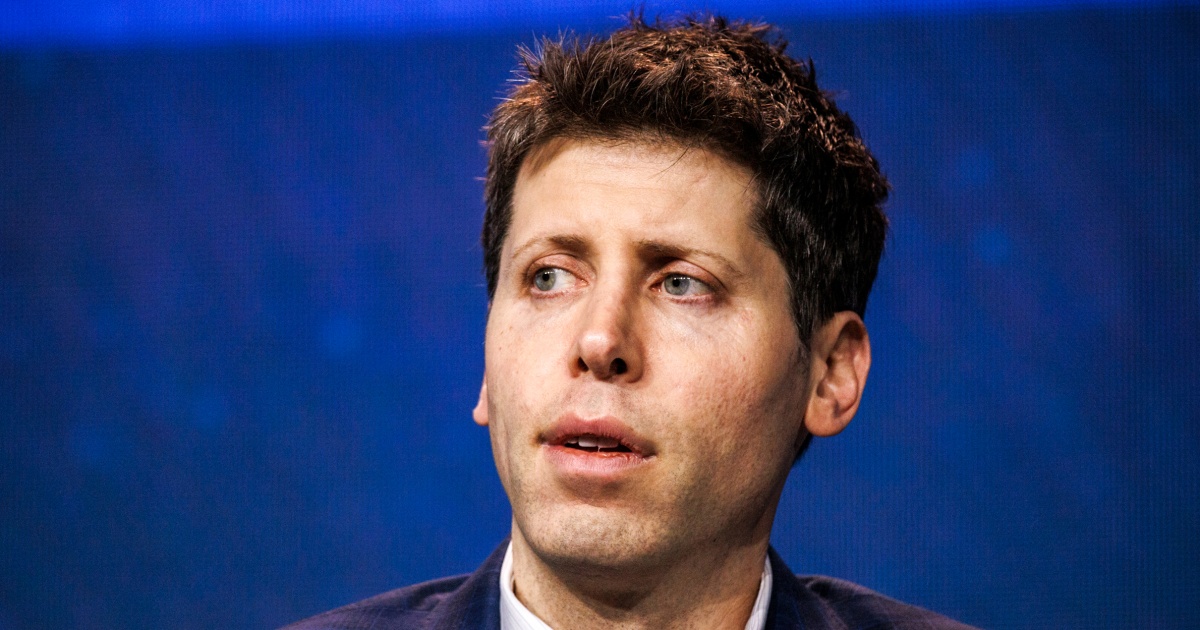
Profile
Sections
tv
Featured
More From NBC
Follow NBC News
There are no new alerts at this time
The Department of Homeland Security established an advisory panel Friday to study how to protect critical infrastructure including power grids and airports from threats related to artificial intelligence.
The Artificial Intelligence Safety and Security Board, which has 22 initial members, includes high-profile figures in tech like OpenAI CEO Sam Altman, Microsoft CEO and chairman Satya Nadella and Alphabet CEO Sundar Pichai, according to a statement from the DHS.
President Joe Biden ordered the creation of the board in October when he signed a wide-ranging executive order on AI, representing the federal government’s first foray into trying to regulate the technology since advanced AI apps including OpenAI’s ChatGPT went viral in popularity.
The board’s mission includes developing recommendations “to prevent and prepare for AI-related disruptions to critical services that impact national or economic security, public health, or safety.”
AI experts have identified a wide array of potential security threats that the new technology could make possible, from swarms of autonomous drones to cheap and lethal bioweapons to more effective hacking threats against critical computer systems.
The government’s defense may involve using AI to fight AI, the DHS said.
“The Board will develop recommendations to help critical infrastructure stakeholders, such as transportation service providers, pipeline and power grid operators, and internet service providers, more responsibly leverage AI technologies,” the department said.
Homeland Security Secretary Alejandro Mayorkas said in a statement that AI “can advance our national interests in unprecedented ways” but that it also “presents real risks — risks that we can mitigate by adopting best practices and taking other studied, concrete actions.”
In addition to tech CEOs, the board includes the CEOs of Delta Air Lines, defense contractor Northrop Grumman and oil producer Occidental Petroleum, as well as Maryland’s Democratic Gov. Wes Moore, Seattle Mayor Bruce Harrell and the leaders of two civil rights organizations.
David Ingram covers tech for NBC News.
© 2024 NBC UNIVERSAL
Tech News
What is AI, how does it work and what can it be used for? – BBC.com
-

 General Knowledge2 years ago
General Knowledge2 years agoList of Indian States and Capital
-

 General Knowledge2 years ago
General Knowledge2 years agoList Of 400 Famous Books and Authors
-

 Important Days4 years ago
Important Days4 years agoImportant Days of Each Month
-

 General Knowledge2 years ago
General Knowledge2 years agoCountries and their National Sports
-

 General Knowledge3 years ago
General Knowledge3 years agoCountry Capital and Currency
-

 Important Days3 years ago
Important Days3 years agoHoli
-

 General Knowledge2 years ago
General Knowledge2 years agoList of Indian President
-

 General Knowledge2 years ago
General Knowledge2 years agoList of Indian Vice President


